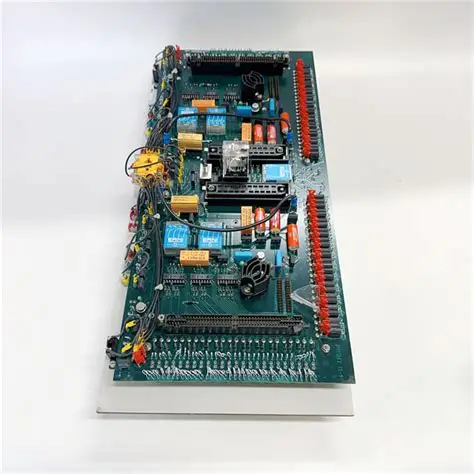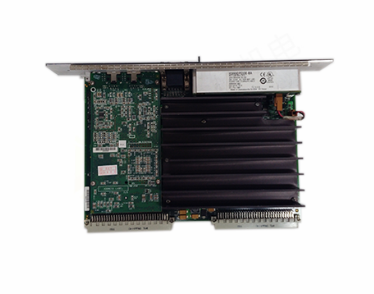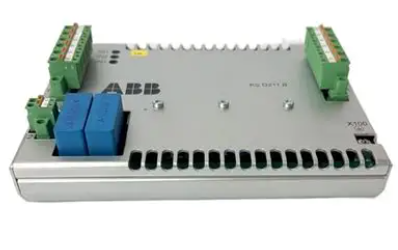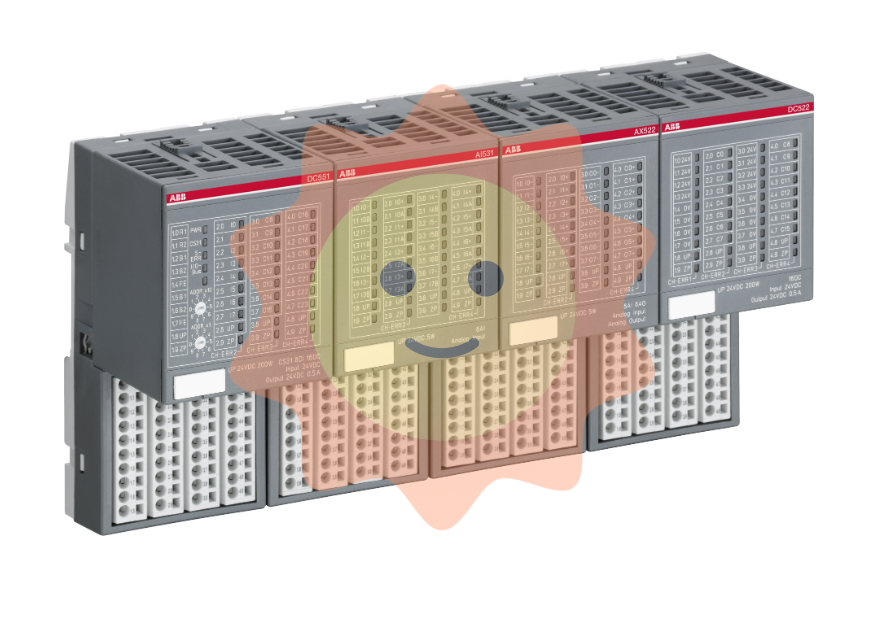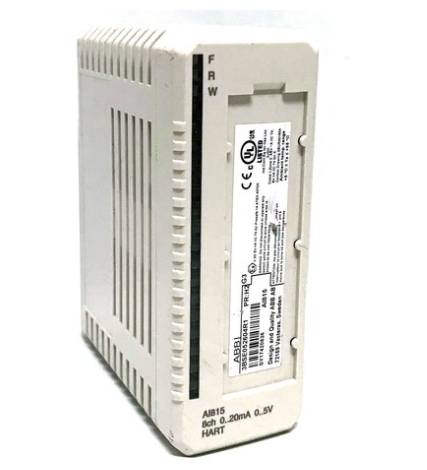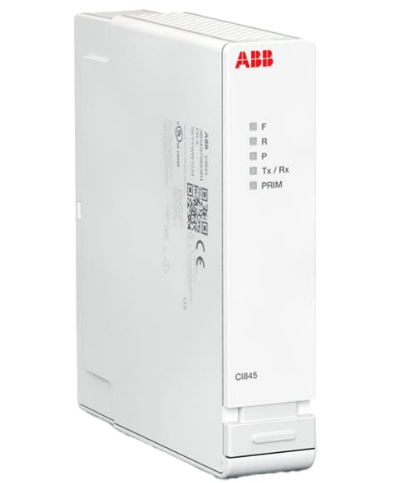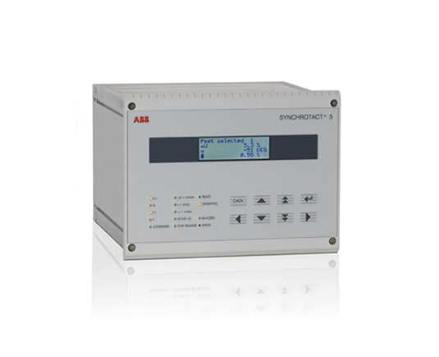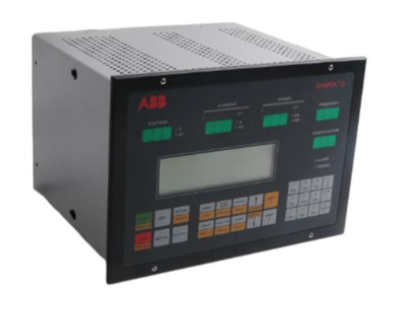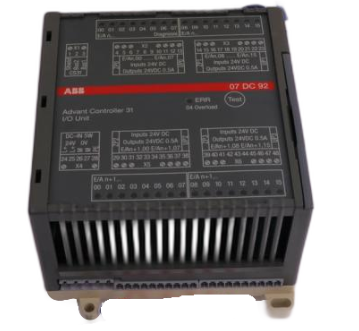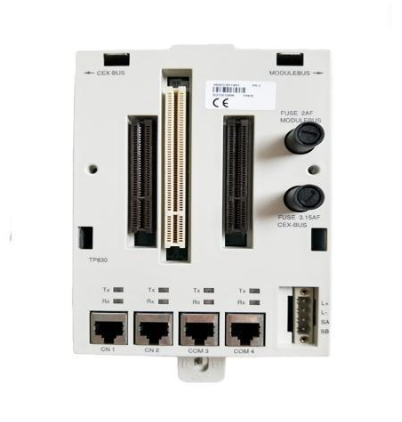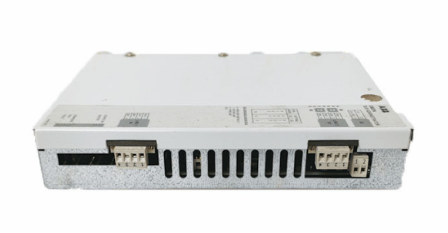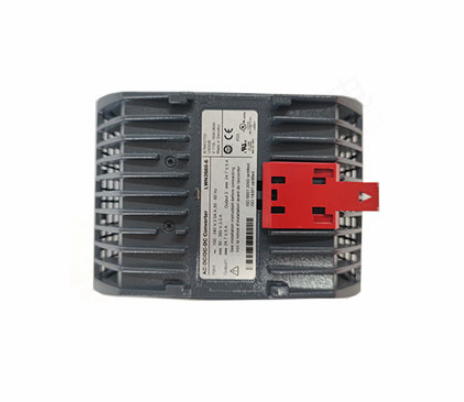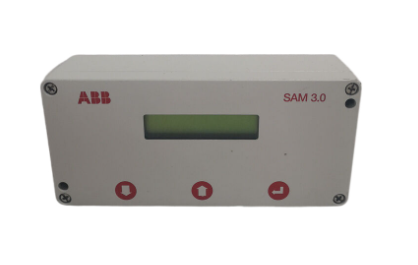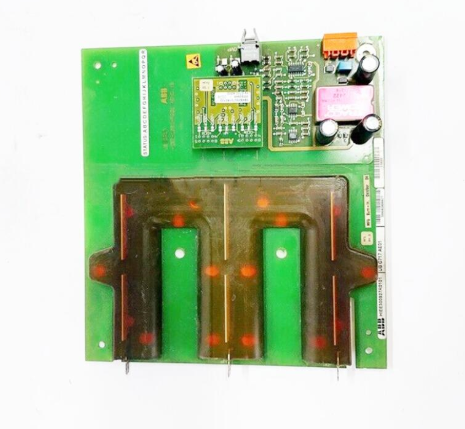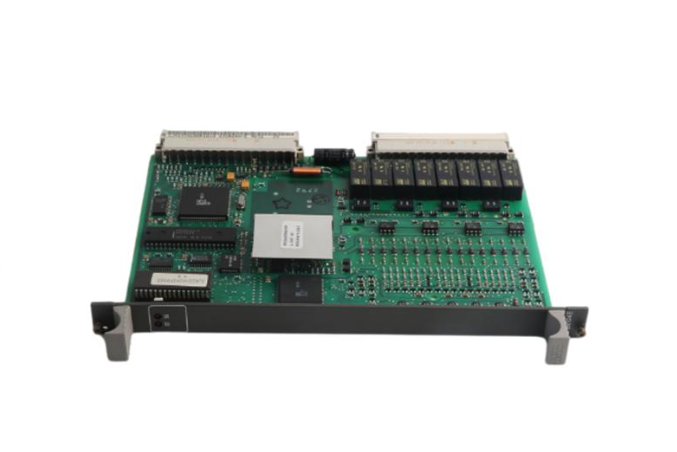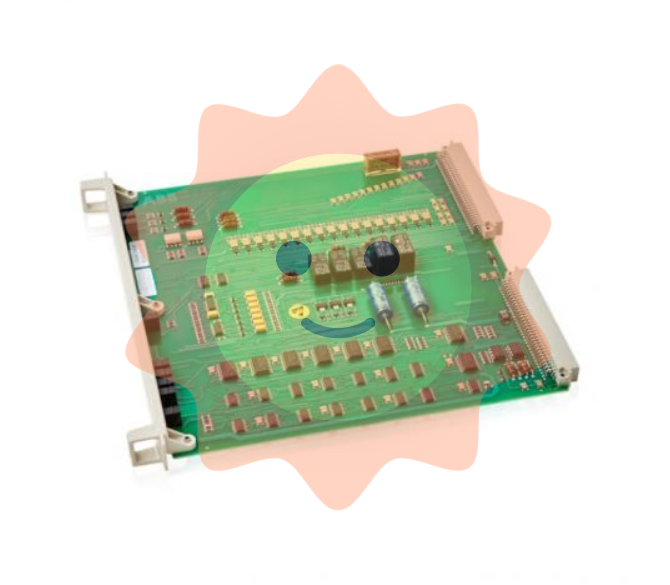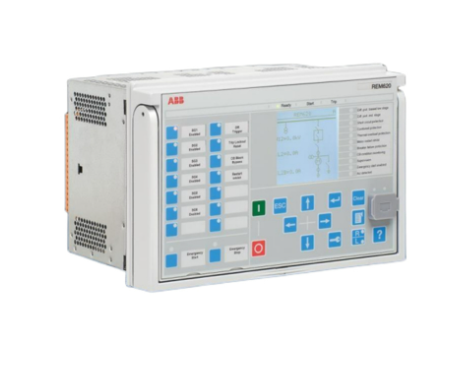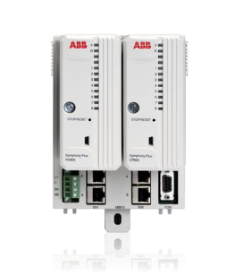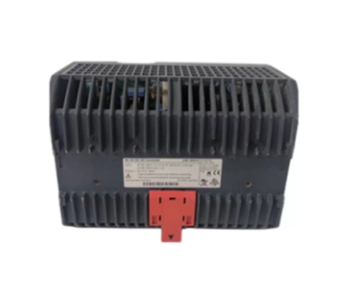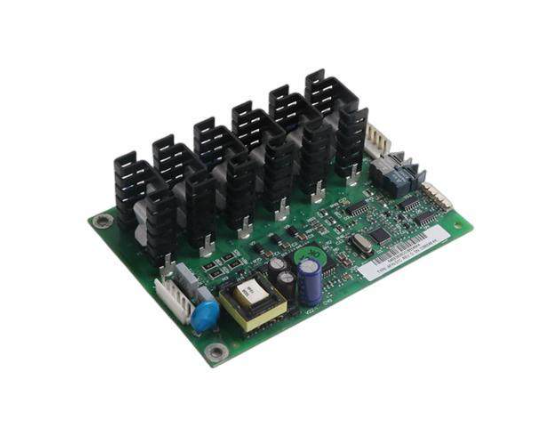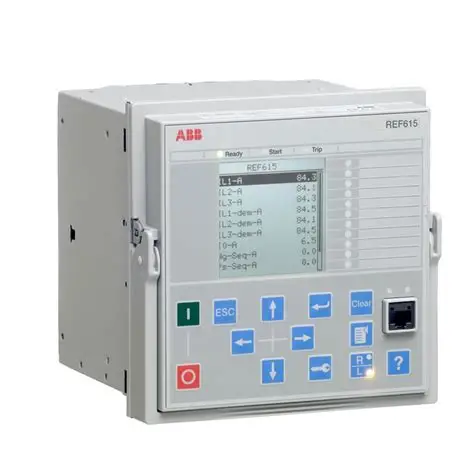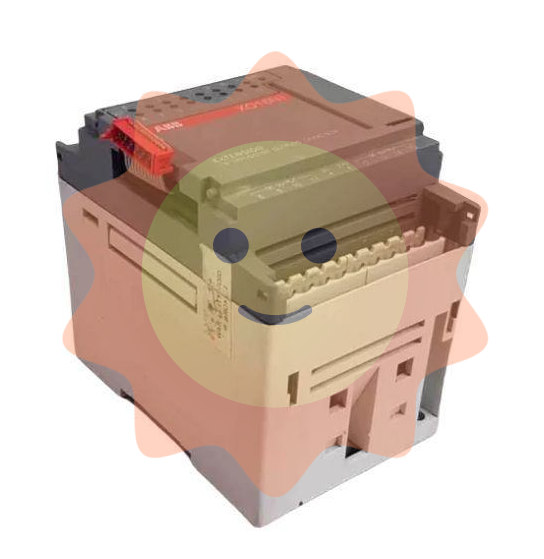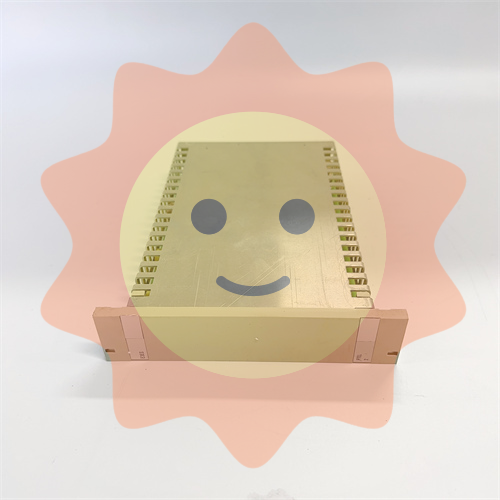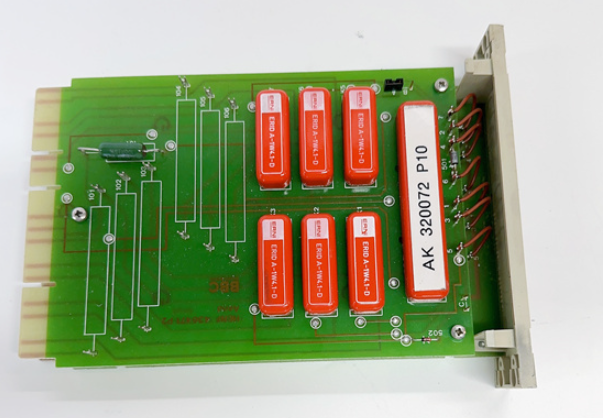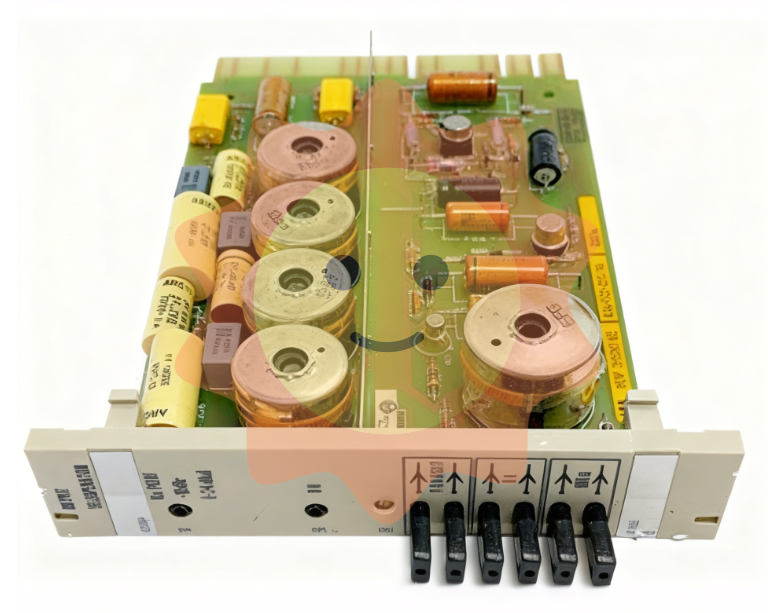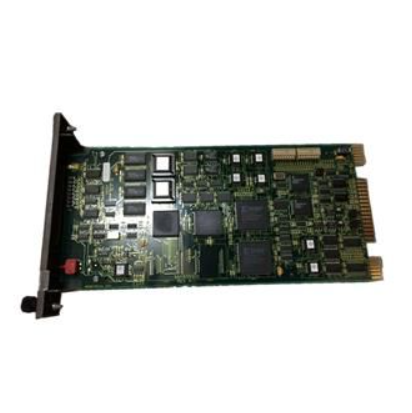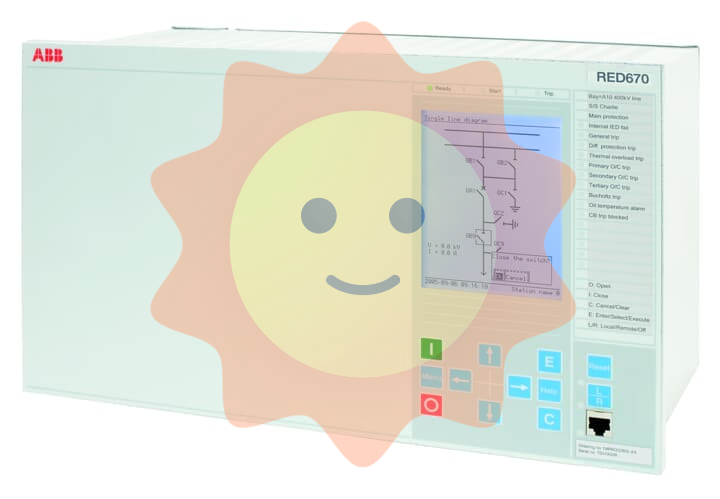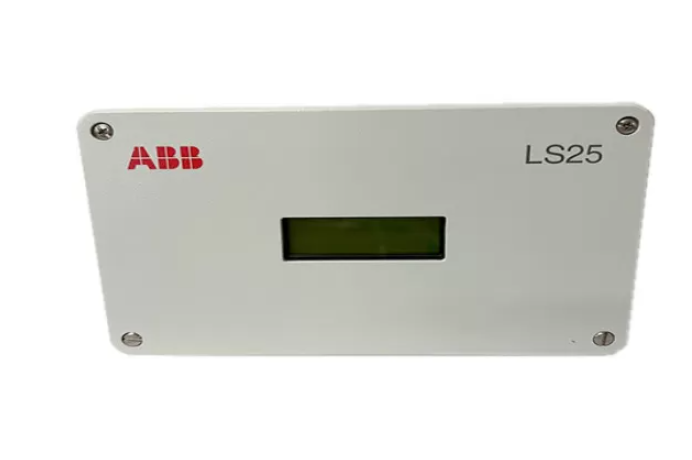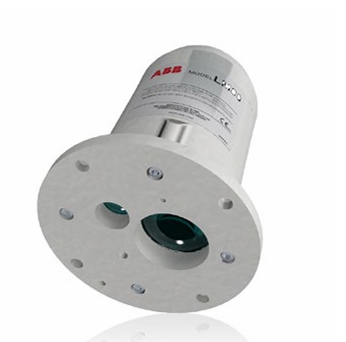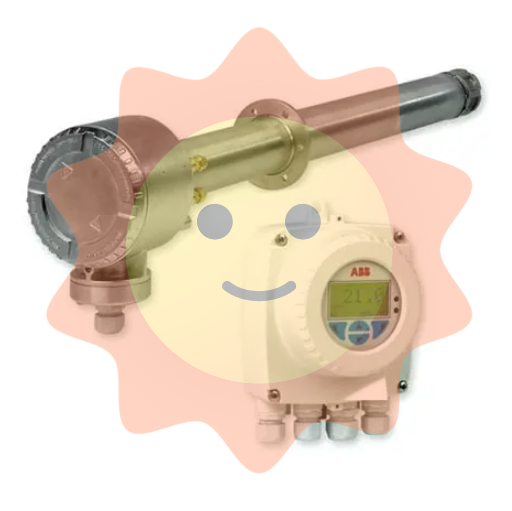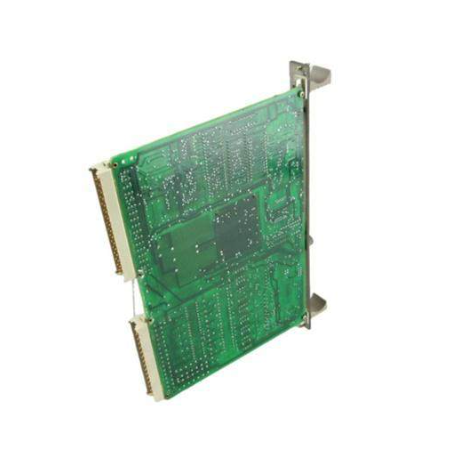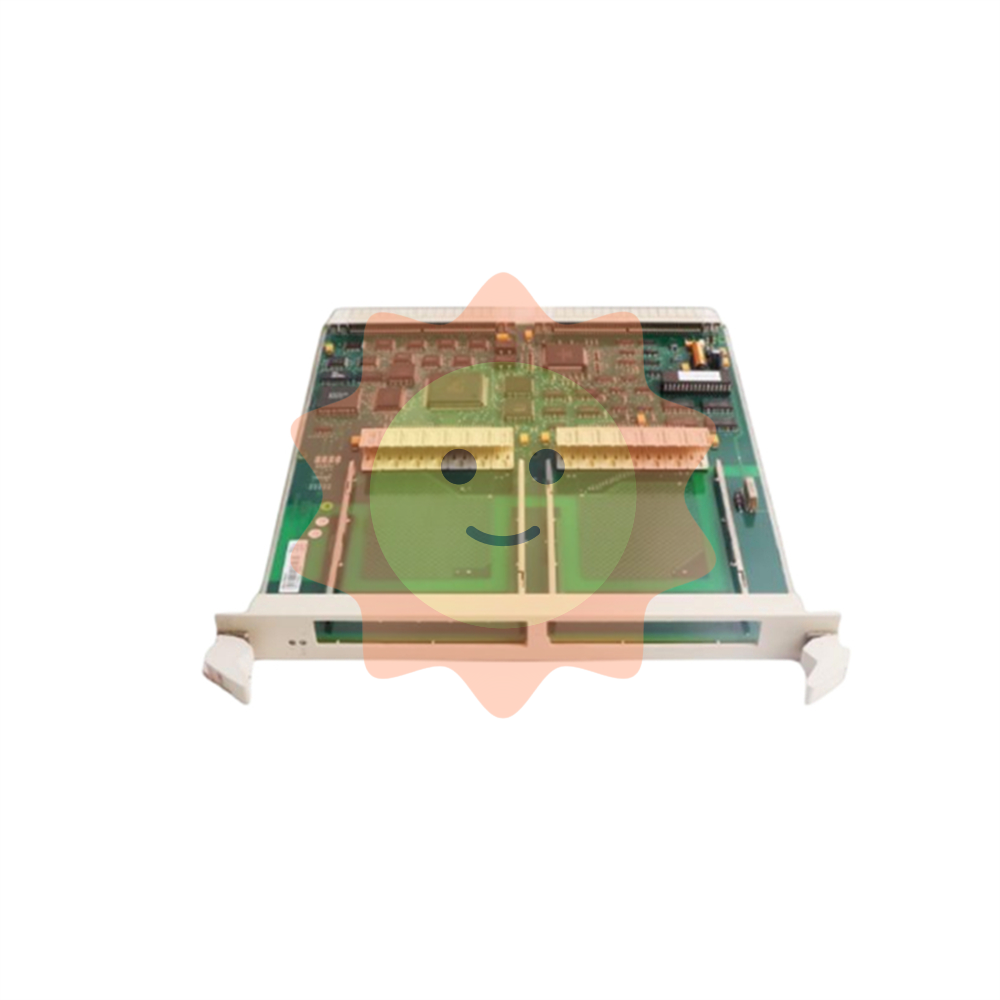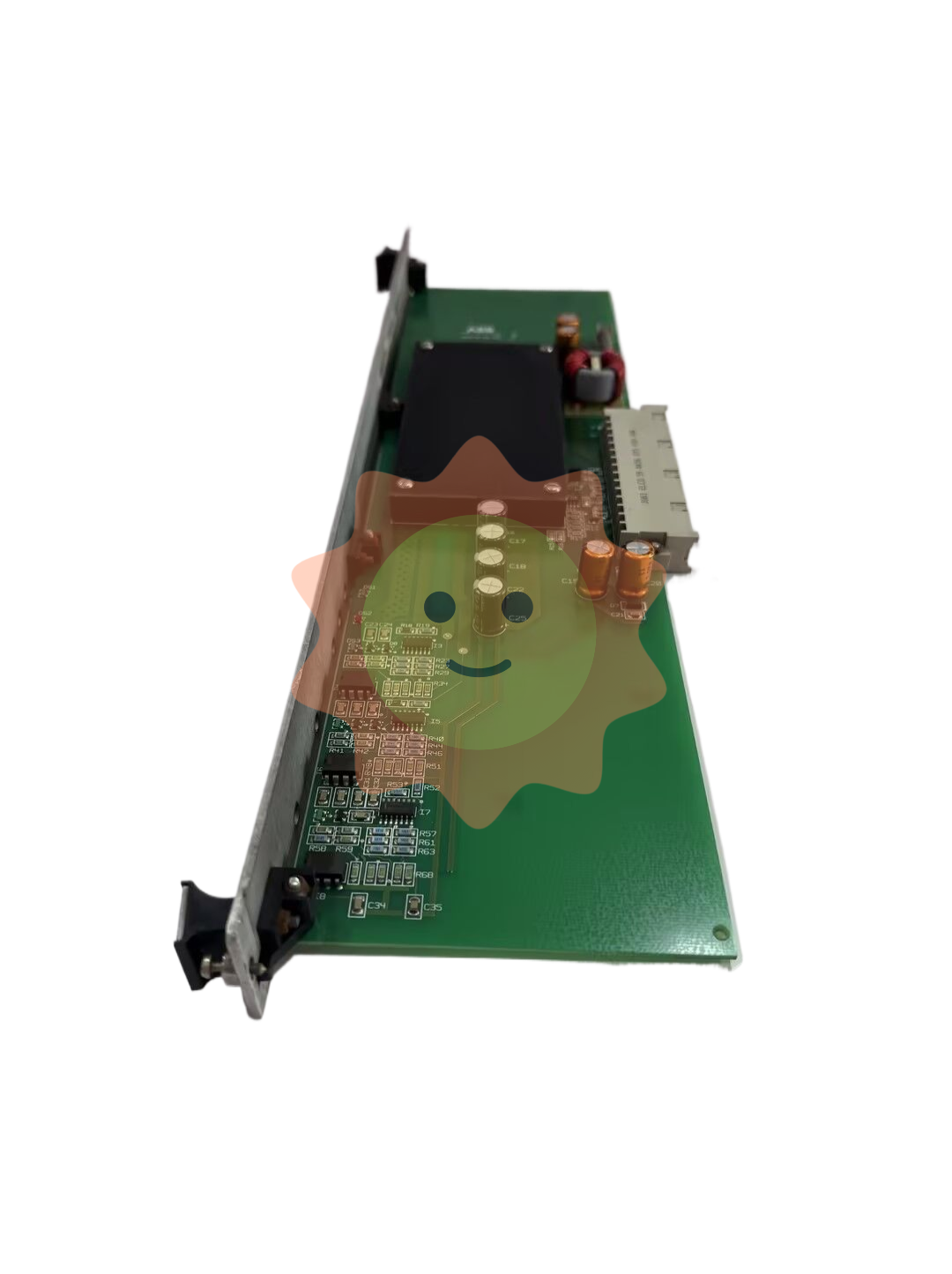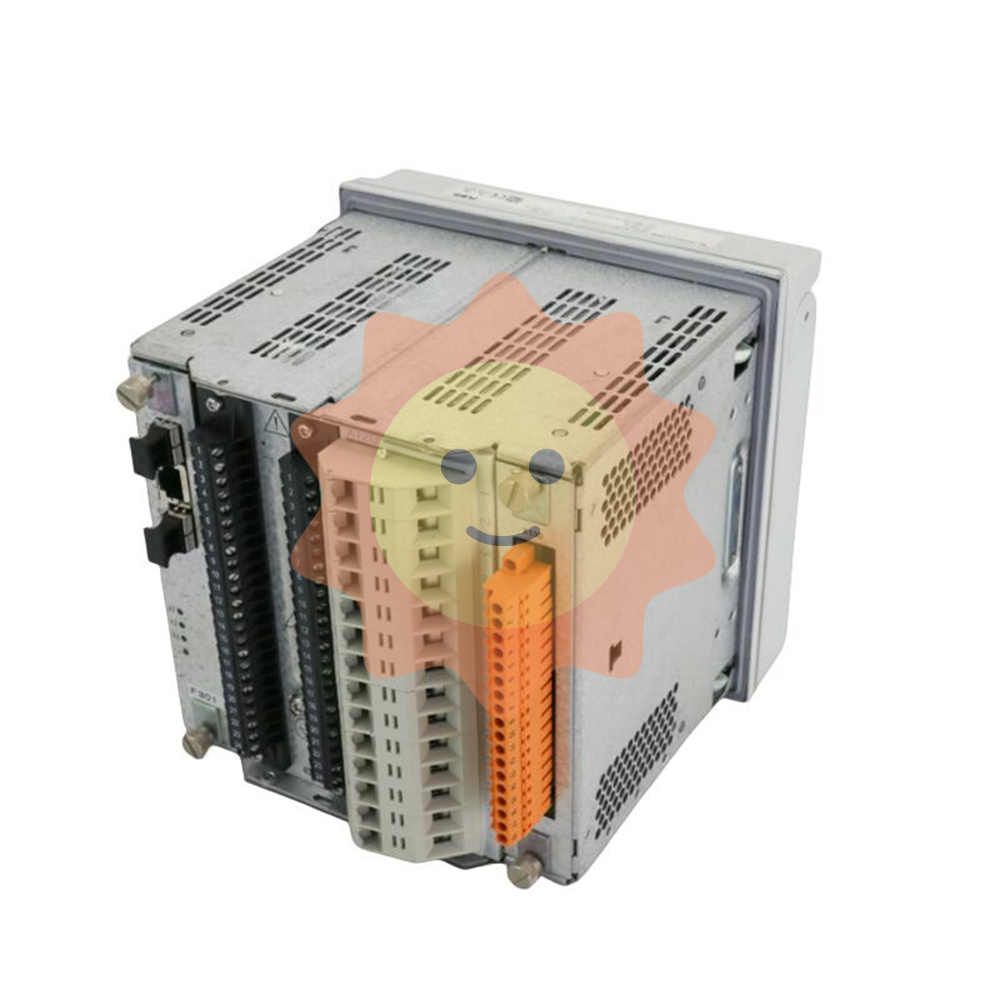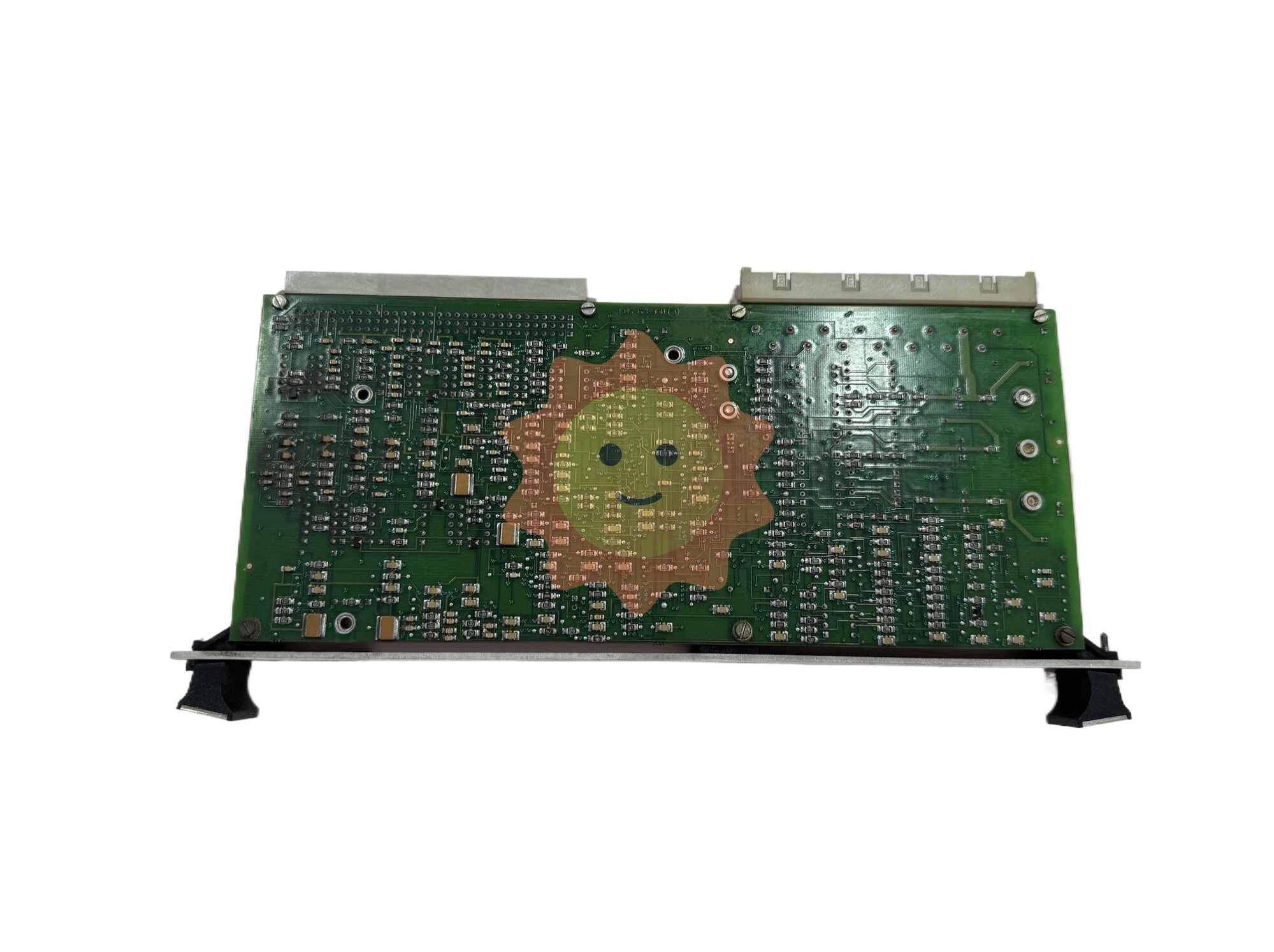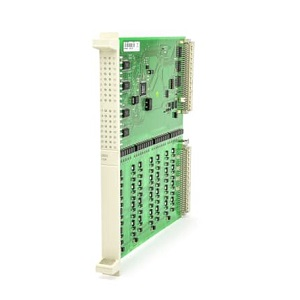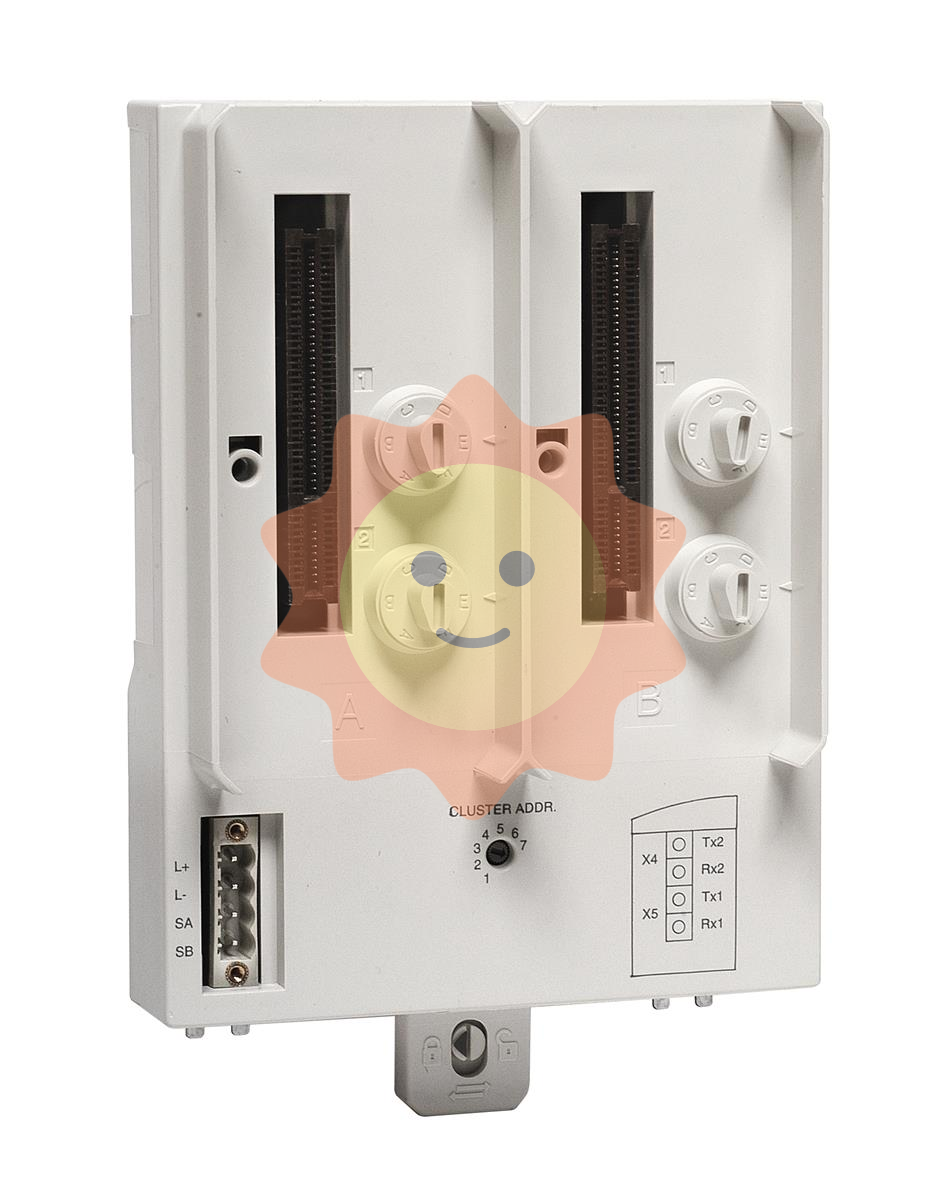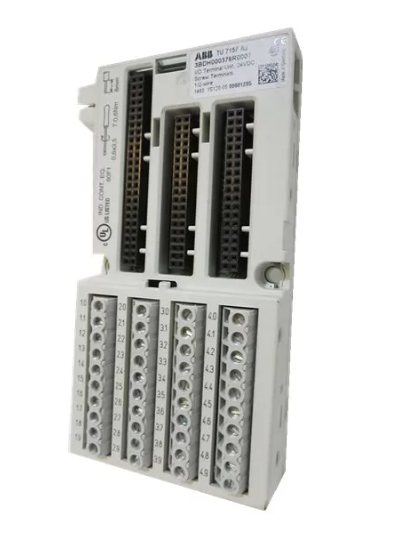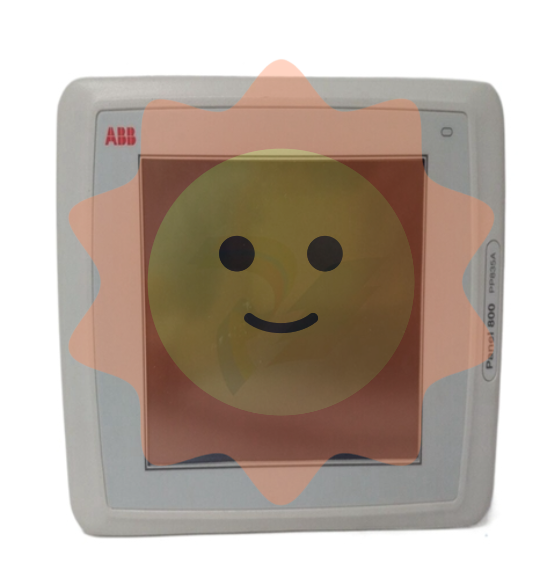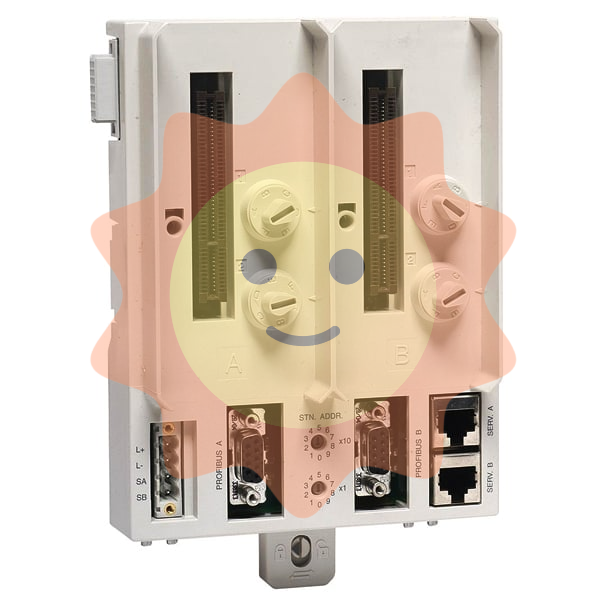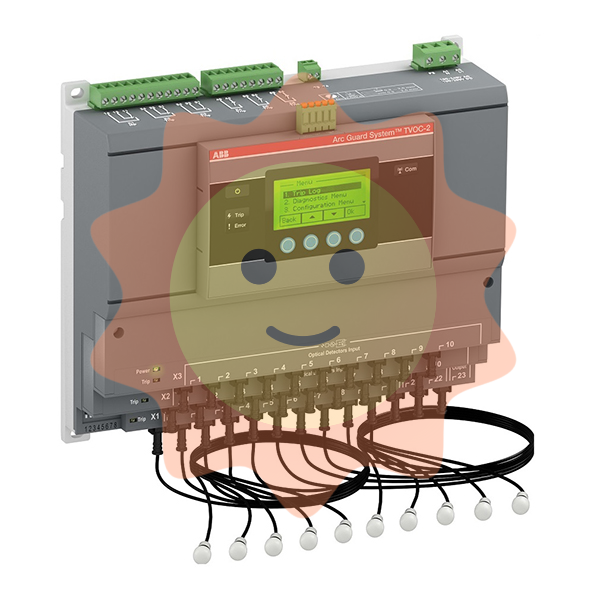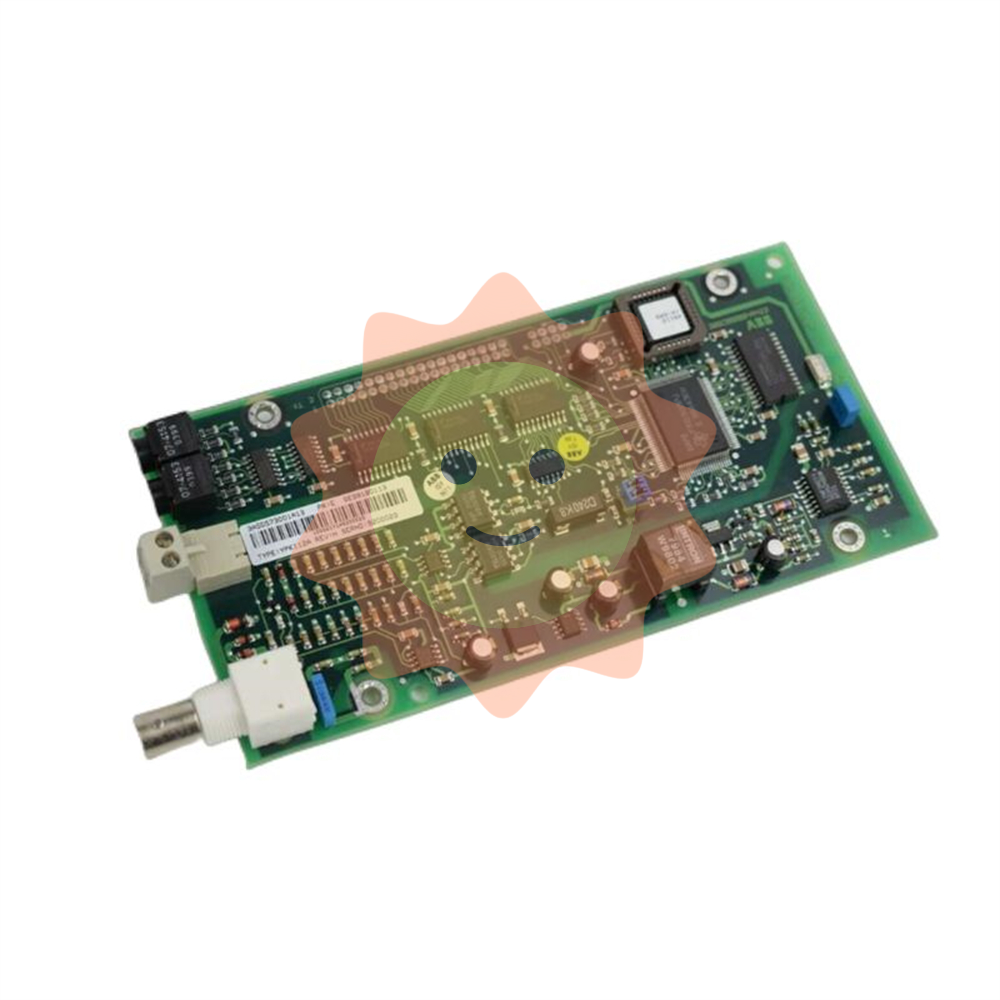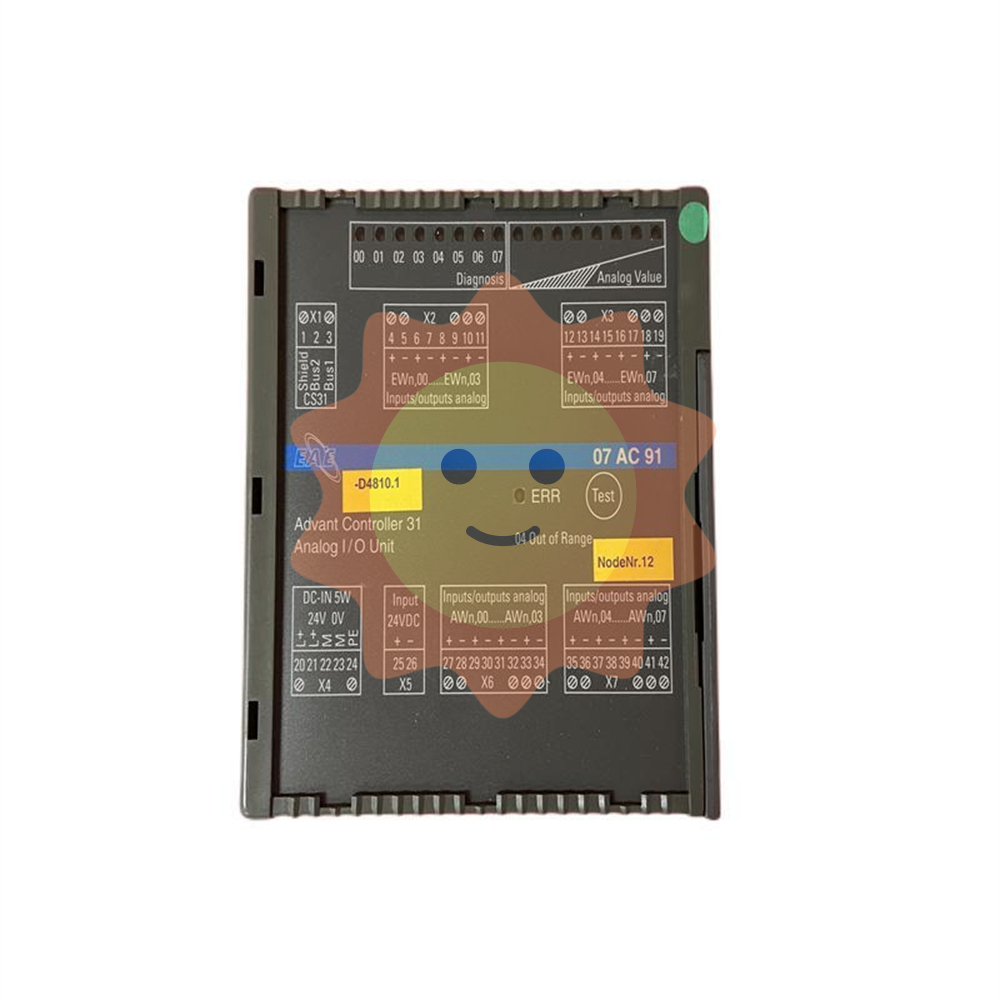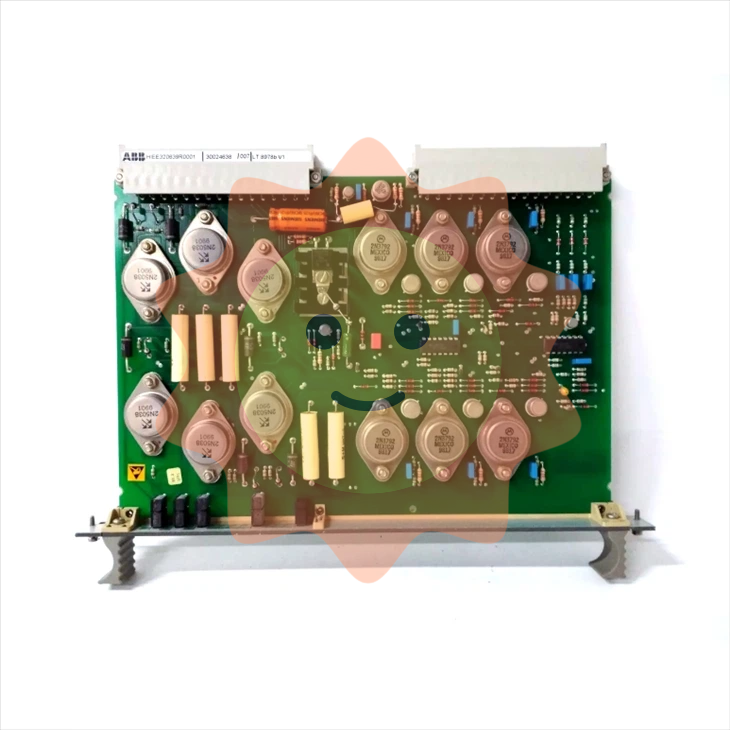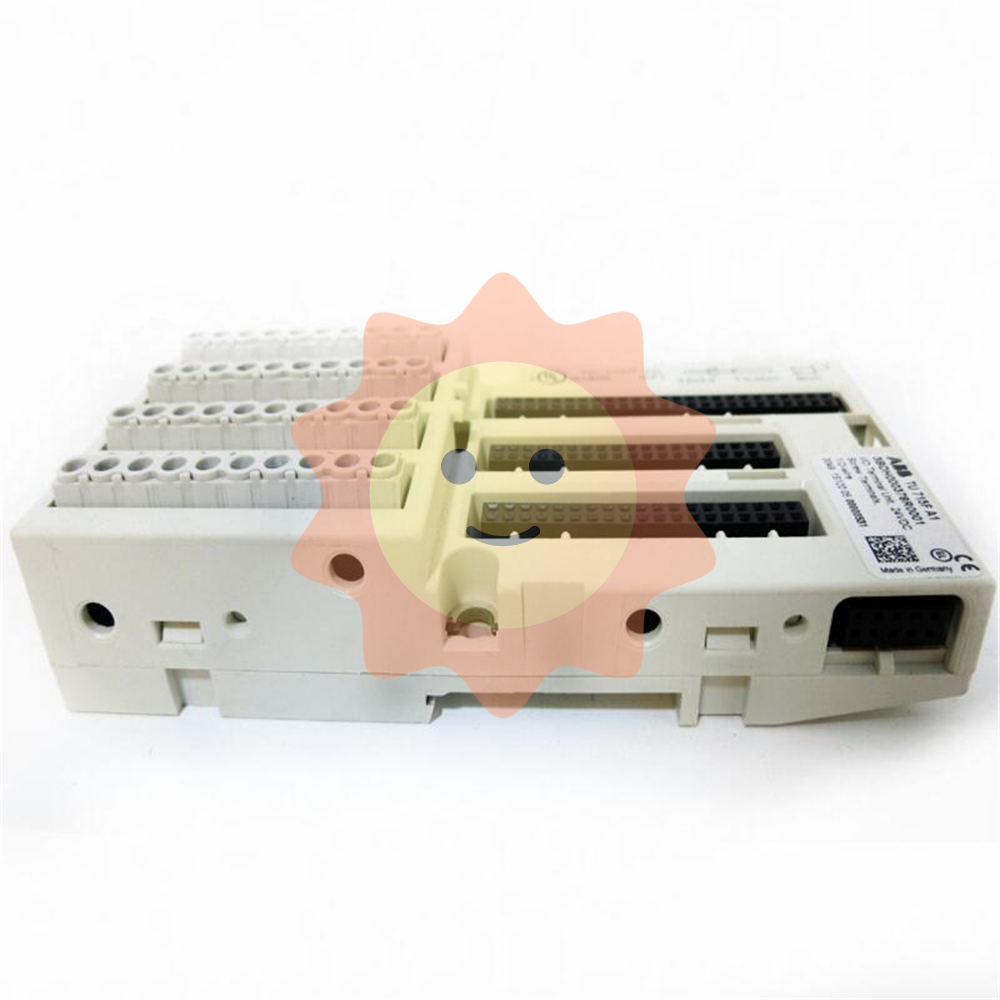YOKOGAWA FG410/FG420 arbitrary waveform editor
Click on "Page OK" (only for the current page) or "All Page OK" to generate a waveform and return to the main interface.
Key parameters: amplitude (peak to peak), period, phase, DC offset, etc. When the parameters exceed ± full range, the waveform will be automatically truncated.
(2) Numerical expression waveform generation
Customize waveforms through mathematical expressions (such as superimposed harmonics, damping waves), supporting built-in constants (π, light speed, Planck constant, etc.) and functions (sin, cos, exp, log, etc.). The operation steps are as follows:
Open the waveform generation screen, select "Function" and choose "Waveform Function".
Define constants in the "Constant" column (such as s=2 * pi; Map the X-axis from 0 to 1 to a period of 2 π.
Enter an expression in the "Y=" column (such as sin (x * s)+sin (x * s * 3)/3+sin (x * s * 5)/5 to generate a square wave containing 3rd and 5th harmonics).
Click "Compute" to preview the waveform, confirm and click "All Page OK" to generate.
Example: Generate a sine wave with a period of 1ms (X-axis is set as "Time" unit from 0 to 1ms), expressed as 10 * sin (x * 2 * pi/1e-3) (amplitude 10Vp-p).
(3) Interpolation waveform generation
Generate smooth waveforms (such as pulses and custom curves) using "control points" and interpolation algorithms (linear, spline, continuous spline). The steps are as follows:
Click the "Interpolation" button on the toolbar (or "Tools → Interpolate") to open the interpolation editing screen.
Add/delete control points in the waveform display area using the mouse (or directly enter X/Y values), such as setting (0.2,0), (0.5,1), (0.8,0).
Choose the interpolation method (Linear interpolation, Spline spline interpolation, Cont Spline continuous spline interpolation, continuous spline can achieve smooth connection at the beginning and end).
Click 'Exit' to return to the main interface and generate an interpolated waveform.
(4) Parameter variable waveform (PWF) generation
Quickly generate waveforms by presetting 25 waveform templates (such as amplitude modulated sine waves, damped oscillations, trapezoidal waves) and adjusting parameters. The operation steps are as follows:
Click the "PWF" button on the toolbar (or "Tools → PWF") to open the PWF screen.
Select a template from the "Function" dropdown menu (such as "Damped Oscillation").
Set parameters (such as "OscFreq" oscillation frequency of 10Hz, "DampTC" damping time constant of 10ms), support slider adjustment for real-time preview.
Click "OK" to generate the waveform and return to the main interface.
Supporting waveform types: including steady-state sine wave group (such as unbalanced sine wave, clipped sine wave), transient sine wave group (such as conduction angle control sine wave), pulse group, transient response group (such as exponential rise/fall), surge group, etc.
(5) Waveform superposition operation
Perform addition, subtraction, multiplication, and division operations (such as adding noise to sine waves) on two waveforms through the "waveform to waveform operation screen". The operation steps are as follows:
Use Marker A/B to select the calculation range on the main interface.
Click the "Calculate" button on the toolbar (or "Tools → Operate") to open the calculation screen.
Select the operation object ("Created Waveform" generates a new waveform, "Clip Board" clipboard waveform).
Select the operation type (+//*//), click "=" to preview the result, confirm and click "OK" to apply.
Attention: It is recommended to set the Y-axis unit to "User Unit (-1~+1)" to avoid truncation of the calculation result beyond the range.

3. Waveform editing function
(1) Waveform compression/expansion
Adjust the horizontal (time axis) or vertical (amplitude axis) size of the waveform through "compress/expand screen". The operation steps are as follows:
Select the waveform range (Marker A/B) and click the "Compress/Expand" button on the toolbar (or "Tools → Compress/Decompress").
Horizontal adjustment: Set "Start X" and "End X" (such as compressing a 4-period sine wave to a range of 0-0.25 to generate a burst waveform).
Vertical adjustment: Adjust by "Max/Min" (set maximum/minimum value) or "Amp/Off" (set amplitude/offset), such as expanding a triangular wave vertically into a trapezoidal wave.
Click "OK" to apply adjustments. "Fit Length" will expand the selected range to full screen, and "Fit Amplitude" will expand to the maximum amplitude.
(2) Multi page waveform editing
Supports dividing waveforms into up to 200 pages, with independent range and waveform settings for each page, suitable for segmenting complex signals (such as the first half sine wave and the second half pulse):
On the waveform generation screen, set the current page range (such as 0-0.5 on page 1 and 0.5-1 on page 2) using "Area (X)".
- EMERSON
- Honeywell
- CTI
- Rolls-Royce
- General Electric
- Woodward
- Yaskawa
- xYCOM
- Motorola
- Siemens
- Rockwell
- ABB
- B&R
- HIMA
- Construction site
- electricity
- Automobile market
- PLC
- DCS
- Motor drivers
- VSD
- Implications
- cement
- CO2
- CEM
- methane
- Artificial intelligence
- Titanic
- Solar energy
- Hydrogen fuel cell
- Hydrogen and fuel cells
- Hydrogen and oxygen fuel cells
- tyre
- Chemical fiber
- dynamo
- corpuscle
- Pulp and paper
- printing
- fossil
- FANUC
- Food and beverage
- Life science
- Sewage treatment
- Personal care
- electricity
- boats
- infrastructure
- Automobile industry
- metallurgy
- Nuclear power generation
- Geothermal power generation
- Water and wastewater
- Infrastructure construction
- Mine hazard
- steel
- papermaking
- Natural gas industry
- Infrastructure construction
- Power and energy
- Rubber and plastic
- Renewable energy
- pharmacy
- mining
- Plastic industry
- Schneider
- Kongsberg
- NI
- Wind energy
- International petroleum
- International new energy network
- gas
- WATLOW
- ProSoft
- SEW
- wind
- ADVANCED
- Reliance
- YOKOGAWA
- TRICONEX
- FOXBORO
- METSO
- MAN
- Advantest
- ADVANCED
- ALSTOM
- Control Wave
- AB
- AMAT
- STUDER
- KONGSBERG
- MOTOROLA
- DANAHER MOTION
- Bently
- Galil
- EATON
- MOLEX
- Triconex
- DEIF
- B&W
- ZYGO
- Aerotech
- DANFOSS
- KOLLMORGEN
- Beijer
- Endress+Hauser
- MOOG
- KB
- Moxa
- Rexroth


Email:wang@kongjiangauto.com

